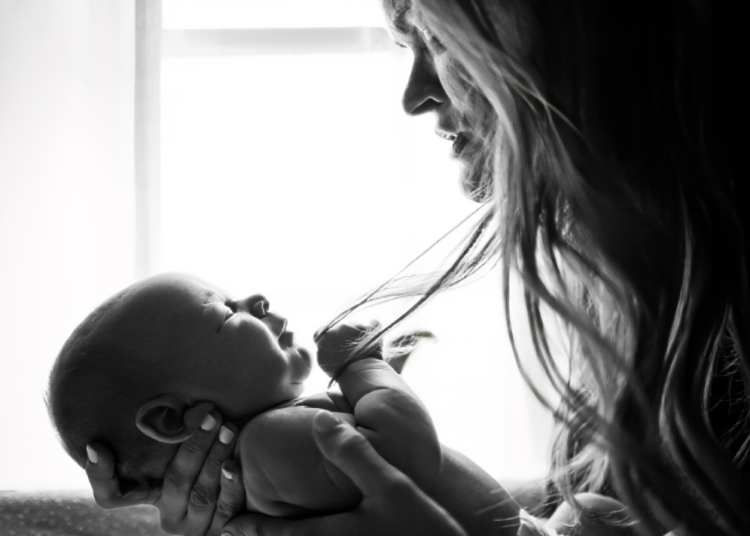Scioto County has some of the highest infant mortality rates (IMR) in the entire state of Ohio. According to data from the 2023 Annual Infant Mortality Report, the IMR is 10.0 compared to the state average of 7.1 and the national average of 5.6 (calculated per 1,000 live births). The leading causes of infant death include prematurity, congenital anomalies, and external injuries. While not all of these deaths are preventable at the time of birth, some may be linked to medical errors during labor or delivery. In Scioto County, where specialized maternity care is limited, it’s vital to understand the risks and stay vigilant about your child’s health.
What is a Birth Injury?
Birth injuries happen during labor, delivery, or shortly after. Oxygen loss, known as birth asphyxia, causes 1% of infant deaths in Ohio. Other injuries include skull fractures, cerebral palsy, bruising, nerve damage, and brachial plexus injuries.
Sometimes injuries are unavoidable, but other times, they’re the result of delayed decisions, misread monitors, or improper use of forceps or vacuum tools. If that’s the case, speak to a birth injury attorney who can guide you through your options.
Why the Risk is Higher for Some Families
The Ohio Department of Children & Youth’s 2023 data shows an unmistakable contrast between racial groups. In Ohio, external injuries were responsible for 12% of infant deaths. While the figure for non-Hispanic white infants was 10%, this rose to 15% for non-Hispanic Black infants.
The non-Hispanic Black IMR is more than double that of the non-Hispanic white IMR: 13.7 compared to 5.7. These numbers highlight clear disparities in access to and quality of care that must be addressed.
Scioto County is one of several areas in Ohio where specialist hospitals may be hours away. Families with fewer resources, transportation options, or insurance coverage often get left behind. This makes it even more important to learn to recognize the signs of a birth injury, as early intervention can significantly influence outcomes.
Signs to Watch for After Birth
Some signs of birth injuries are immediate and obvious, such as bruising, neonatal breathing difficulties, or seizures. Other signs are harder to spot and appear later in the infant’s life, often during the postnatal period, but sometimes even further down the line.
Some early indicators to watch for include unusual muscle stiffness or limpness, difficulty feeding or latching, and weak or uneven reflexes. As your baby grows, delayed development or missed milestones are also warning signs that a birth injury may have occurred.
Even if everything seems normal at the hospital, and you’re just noticing these signs months or years later (some may only become apparent during toddlerhood), keep asking questions. The sooner you can get more information and a diagnosis, the quicker your child can get the support they need, and the better their quality of life is likely to be.
Endnote
Having a baby in a smaller town doesn’t mean you have fewer rights. Scioto County families deserve answers, especially when something doesn’t feel right. If you suspect your baby suffered a birth injury, don’t hesitate to take the proper action. Pay close attention to your baby’s cues, keep regular check-ups, and don’t be afraid to speak up when it comes to talking to medical professionals, but also to an attorney.


















































































